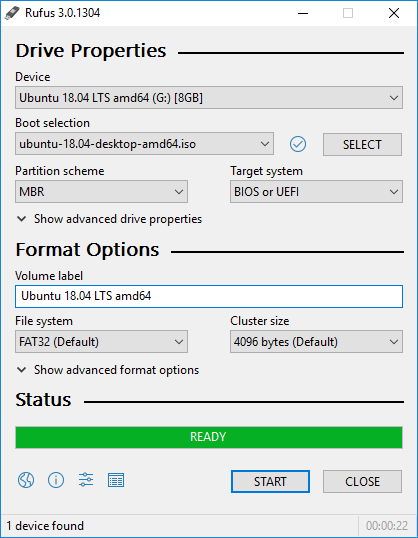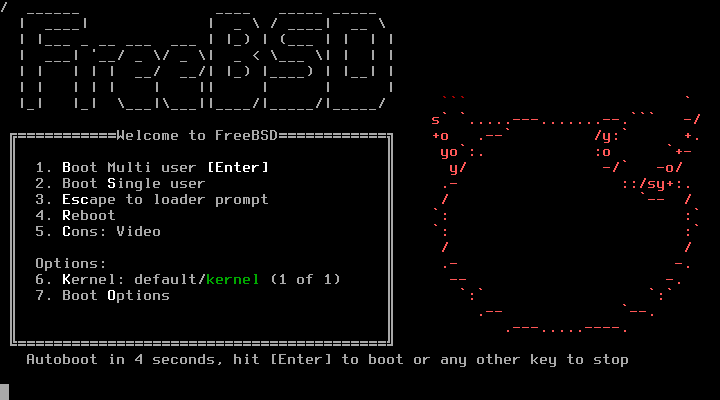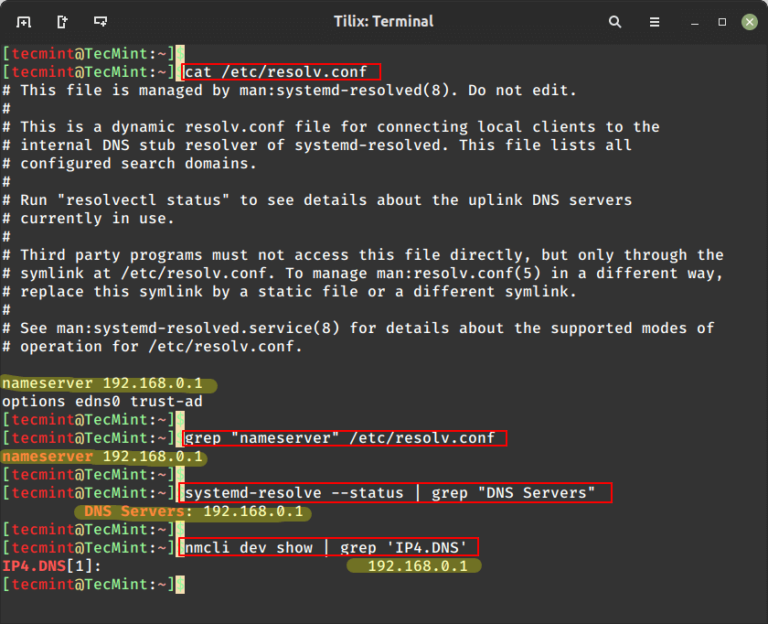Embracing the Future: The Transition from SysVinit to Systemd in Linux
Introduction
Linux, the powerhouse behind countless servers and desktops worldwide, relies heavily on an initialization (init) system to bootstrap user space and manage system processes after booting. Traditionally, this role was fulfilled by SysVinit, the standard init system derived from the UNIX System V operating system. However, the evolving complexity and needs of modern computing systems have led to the development of systemd, which has increasingly become the default init system for many Linux distributions. This article explores the transition from SysVinit to systemd, discussing the intricacies and implications of this pivotal change.
Understanding SysVinit
SysVinit was one of the first init systems widely adopted across various UNIX-like operating systems, serving as a de facto standard for many years. It operates by executing scripts located in the /etc/rc.d directory. These scripts are run sequentially at boot to start various services. Despite its widespread use, SysVinit has several limitations:
- Sequential processing: SysVinit starts services in a linear order, which can lead to inefficiencies as faster services must wait for slower ones to start.
- Lack of dependencies: There is no inherent mechanism for handling service dependencies, often resulting in complex and error-prone script-based solutions.
- Limited management capabilities: SysVinit provides minimal tools for actively managing running services, making dynamic control and supervision challenging.
These limitations prompted the Linux community to look for a more robust and dynamic init system, leading to the development of systemd.
Introduction to Systemd
Systemd, introduced by Lennart Poettering and Kay Sievers, is a suite of tools providing powerful capabilities to manage system resources and services. It is designed to be backward compatible with SysVinit scripts but also introduces many features that enhance the functionality and performance of the system:
- Concurrency: Systemd starts services in parallel, speeding up the boot process by leveraging modern multi-core processors.
- Service dependency management: It handles dependencies gracefully, only starting services when their prerequisites are ready.
- Integrated system components: Systemd comes with tools like
systemctlfor service management,journalctlfor log management, andsystemd-analyzefor performance analysis, offering a cohesive ecosystem.
Key Components of Systemd
Systemd Units
At the heart of systemd are “units,” which are resources that systemd knows how to manage. Units are categorized into types, such as services (*.service), mount points (*.mount), and timers (*.timer).
Systemctl
The primary command-line tool to interact with systemd is systemctl, which replaces traditional SysVinit service management commands. It allows administrators to start, stop, reload, and inspect the state
of systemd units, making it a versatile tool for system management.
Journalctl
Journalctl is another critical component of systemd, providing a centralized logging solution that captures syslogs, kernel logs, and initial RAM disk messages. This unified logging system simplifies troubleshooting and system analysis, offering powerful filtering capabilities based on time, service, and other criteria.
- Register a Domain Name
Registering a domain name is a fundamental step in establishing an online presence, whether it’s for a personal project, a business, or any other endeavor. - Progressive Mix of World News and Propaganda
- Migrating from GoDaddy Website Builder to WooCommerce
Building an online store with a Website Builder is a great starting point for a new business. - WordPress Security Vulnerabilities and Solutions
Security is a massive topic in the modern world. Mental, physical, emotional, financial, cyber, we all care one way or another about at least one of those. - Perform an SEO Audit for WordPress
You can’t simply build a WordPress website and think you’ll attract traffic and users without having a solid search engine optimization strategy.
A key element of any successful search engine optimization strategy is performing regular SEO audits of your website. - LIEFFIE – Digital News and Development
- Advanced Ecommerce Link-Building Strategies
With over 90% of worldwide searches happening on Google, the influence of Google’s ranking algorithm on e-commerce growth and online business performance cannot be overstated. But in this crowded space, how does one emerge victorious? The answer lies in deploying advanced link-building strategies tailored for e-commerce success.
Systemd-analyze
This tool is essential for optimizing system boot time and analyzing system behavior. systemd-analyze can generate a graphical representation of the boot process, showing how much time each service requires to start, which helps in pinpointing performance bottlenecks.
Benefits of Systemd
Faster Boot Times and Efficiency
Systemd’s use of parallelization allows for faster boot times, which is particularly beneficial for high-availability systems that need to minimize downtime.
Dependency-based Service Control
By handling dependencies natively, systemd ensures that services start only after their prerequisites have been met, improving system stability and predictability.
Unified Service Configuration and Management
Systemd introduces a standardized method of configuring service files, making it easier to manage and replicate service configurations across multiple machines.
Enhanced Logging and Debugging Capabilities
With journalctl, systemd provides a robust and searchable logging system, which is a significant improvement over the traditional log file system.
Migrating from SysVinit to Systemd
Overview of the Migration Process
Migrating to systemd involves understanding the differences between SysVinit scripts and systemd unit files. While systemd is compatible with SysVinit scripts, optimizing a system to fully utilize systemd’s capabilities usually requires rewriting initialization scripts into unit files.
Key Considerations
- Compatibility: Administrators must ensure that existing scripts are compatible with systemd or rewritten as unit files.
- Service Scripts: Migration includes converting startup scripts into systemd’s declarative unit files, which can be complex but results in more maintainable and robust configurations.
Common Challenges and How to Overcome Them
Some challenges include learning the new syntax and commands of systemd, debugging new issues that arise during the transition, and training staff. These challenges can be mitigated through comprehensive testing, documentation, and staff training sessions.
Controversies and Community Response
Overview of the Initial and Ongoing Controversies
Systemd has been a contentious topic within the Linux community, with debates centered around its design philosophy, which some see as too intrusive and deviating from the UNIX tradition of simple, modular software.
Perspectives from Different Linux Distributions and Developers
While many major distributions like Fedora, Ubuntu, and Debian have adopted systemd, others like Devuan and Alpine Linux have chosen alternatives, reflecting a divided community.
How the Community has Adapted to the Change
Over time, much of the Linux community has adapted to systemd, appreciating its advantages and contributions to Linux operability and management.
The Future of Systemd and Linux Init Systems
Recent Developments in Systemd
Systemd continues to evolve, adding new features and utilities that further integrate and manage system resources, such as system security and container management.
Predictions on Future Features and Integrations
The future likely holds further integration with emerging technologies, possibly incorporating more advanced security features, better container support, and enhanced performance metrics.
Broader Impact on Linux Distributions and the Linux Ecosystem
As systemd becomes more entrenched, it will likely influence the development and default configurations of future Linux distributions, continuing to shape the landscape of Linux system management.
Conclusion
The transition from SysVinit to systemd represents a significant evolution in Linux system initialization and management. While it has brought challenges and controversies, the benefits of systemd, from improved boot times to better service management, are undeniable. As Linux continues to adapt and evolve, systemd remains at the forefront of this transformation, promising a more robust and efficient future for Linux systems.






